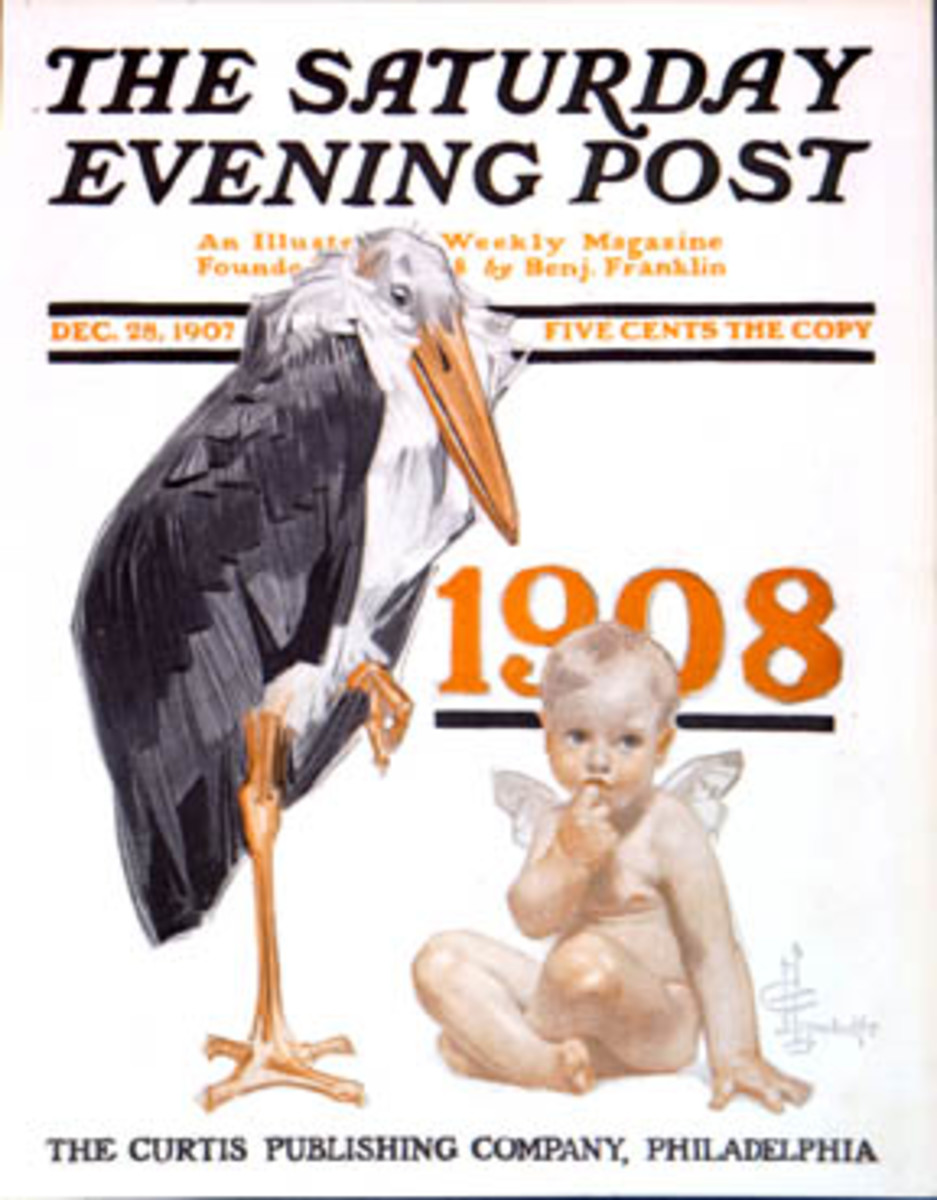Journalism in the Digital Age & How Social Media is Changing Journalism
Journalism has had an amazing ride from the invention of the printing press 600 years ago to today’s high-tech, fast-paced cyber journalism era. Based on your reading of this week’s textbook assignment, do you think events, techniques, or practices in journalism’s history are still shaping news in the digital age? If so, how? If not, why not?
I personally believe that the events, techniques, and practices in journalism’s history are still currently shaping news in the digital age. Journalism has changed as technology has evolved and yet it still remains true to the events, techniques, and practices that shaped it. The news can now be accessed in numerous ways through apps, the internet, the TV, and through paper resources. However, even though there are more ways to access the news, the news itself still requires people to report it. These journalists employ many of the same practices and techniques that journalists in the past followed. For instance the technique of yellow journalism that was popular in the 1800’s is still used by journalists today, but instead of using the technique only in paper newspapers, it is now being used to draw readers to read online news, to open news apps, and to watch the news on television (Harrower, 2013, p. 11). In this way the events, techniques, and practices in journalism’s history are still currently shaping news in the digital age. Even though technology and journalism will continue to evolve the events, techniques, and practices in journalism’s history will continue to shape journalism’s future.
References
Harrower, Tim. Inside Reporting, 3rd Edition. McGraw-Hill Higher Education, 2013.
Social media platforms such as Facebook and Twitter and citizen journalists, including bloggers, are making their mark on modern media. Discuss the positives and negatives of social media and citizen journalism as they relate to the field of journalism. How have these media platforms changed or affected journalism? Explain your answer, connecting your beliefs to your readings this week from Chapter 8 of Inside Reporting: A Practical Guide to the Craft of Journalism.
The main difference between digital journalism and print journalism is timeliness; digital stories can be posted a soon as they are written and they can be updated and edited as events unfold, unlike print media which cannot be updated once it is printed (Harrower, 2013, p. 158). Print journalism is more reader friendly than digital journalism as it only consists of text and graphics unlike digital journalism which can weigh the reader down with links, videos, music, advertisements, and popups (Harrower, 2013, p. 158). However digital journalism offers better organization for the reader; a reader can easily find similar stories and search for articles with a search function; print journalism groups stories of different topics together, lacks an easy method of locating stories, and has limited space. Digital journalism has allowed journalism to evolve past its constrictions to paper format. Digital journalism has been responsible for getting more people interested in the news with how interesting stories are suggested to readers based on the previously read articles and through social media viewings. The ability to have the stories that the reader is interested in right in front of them has increased the interest of teenagers and young adults have in the news.
As a wider pool of readers have become interested in the news and current events, media platforms have changed to accommodate their wider and more diverse audience. Most media publications now have Twitter and Facebook pages from which they post short blubs to catch the interest of their social media fans; these short blurbs draw the reader’s interest and convince them to follow the link to the full story. Journalists use social media instead of just print journalism because it increases the shelf life of the story, directs traffic to the publications website, draws interest, gets the story out to people using smart phones and computers, and provides better engagement to the readers (Harrower, 2013, p. 162). The change from only print journalism to using digital journalism in conjunction with print journalism has changed journalism from targeting a mainly adult audience to targeting a younger audience as well; the change has also increased the engagement of reader’s which in turn has increased the popularity of the news.
References
Harrower, Tim. Inside Reporting, 3rd Edition. McGraw-Hill Higher Education, 2013.






